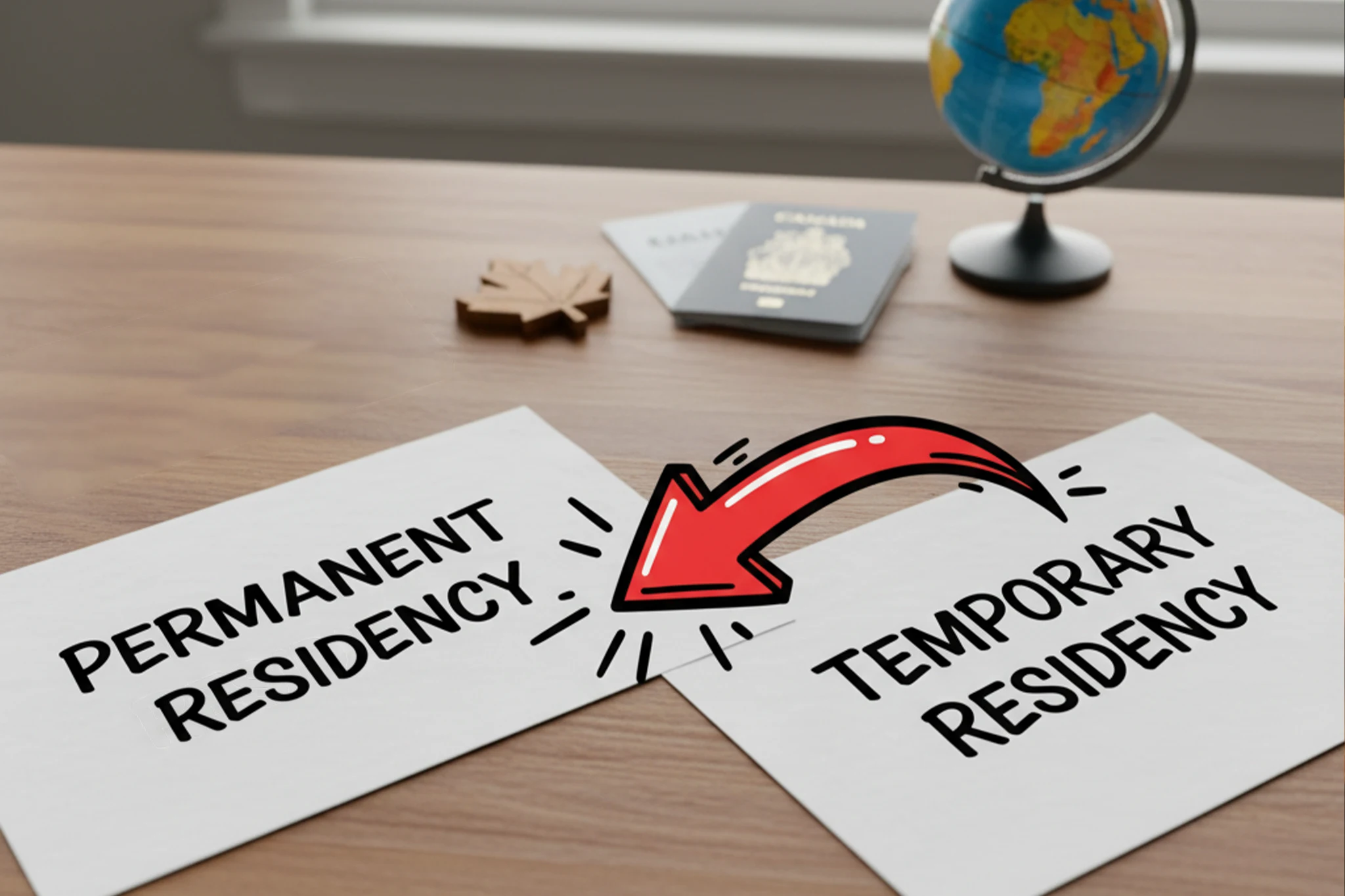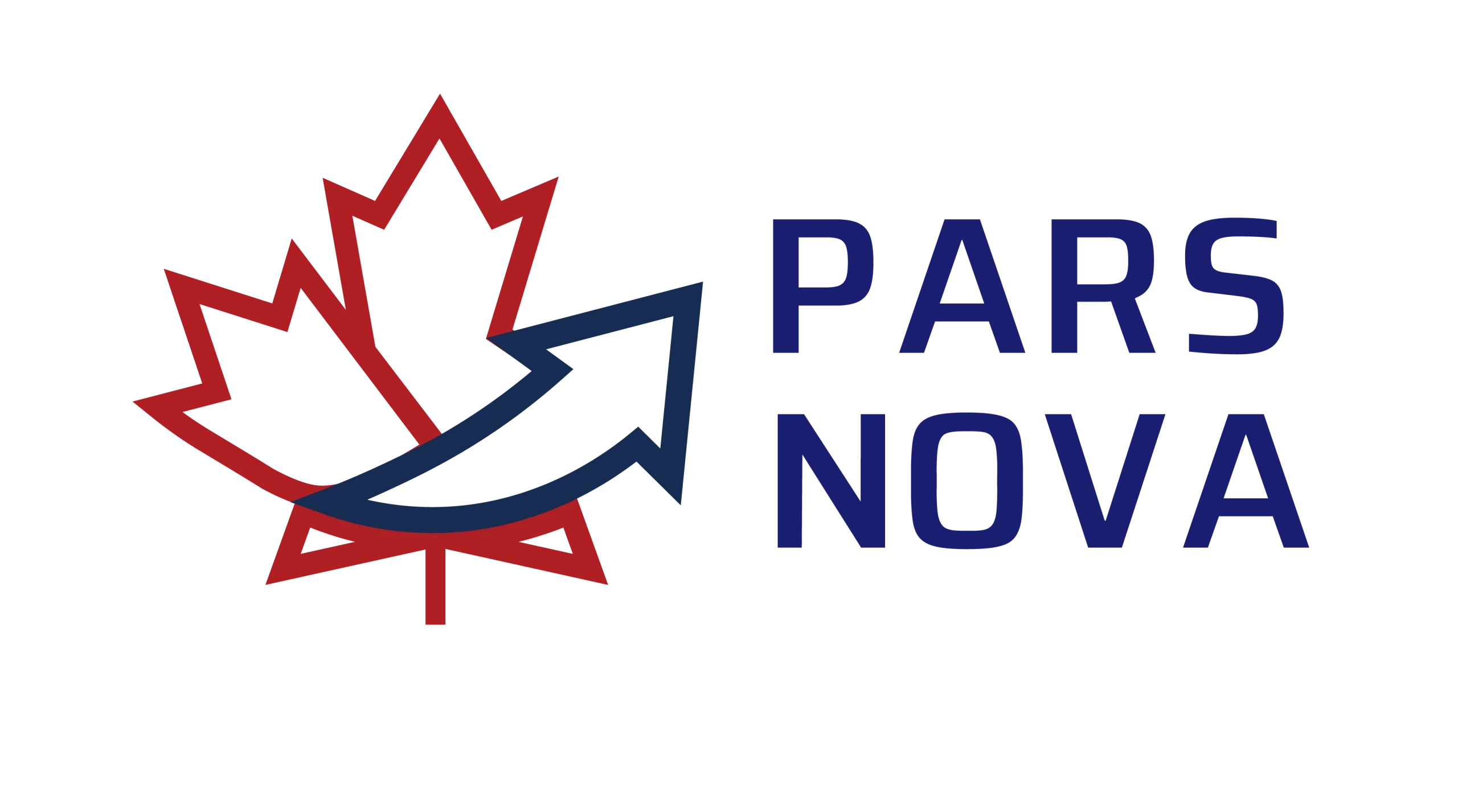Converting a Temporary Visa to Permanent Residency in Canada (2025 Guide)
Canada continues to be one of the most immigration-friendly countries in the world, offering multiple pathways for temporary residents — including international students, foreign workers, and visitors — to obtain permanent residency (PR).
With its strong economy, excellent quality of life, and broad career prospects, Canada actively seeks to retain skilled individuals who already live and contribute to its communities.
In 2025, Immigration, Refugees and Citizenship Canada (IRCC) has made in-country transitions a top priority, dedicating a significant share of PR spots to applicants with Canadian experience.
This comprehensive guide explains eligibility criteria, major pathways, application steps, fees, timelines, and expert tips to help you make a successful transition.
👉 Fill out the assessment form below to find out if you qualify for this special immigration pathway.
"*" indicates required fields
Who Can Apply to Transition from Temporary to Permanent Residency?
Temporary residents include holders of valid work permits, study permits, or visitor visas.
Not every temporary resident qualifies for PR, but being in Canada already provides a clear advantage since most immigration programs value local experience.
Key eligibility factors typically include:
- A valid temporary resident status with no violations
- At least one year of Canadian work or study experience
- English or French language proficiency (usually CLB 5–7 via IELTS, CELPIP, or TEF)
- No inadmissibility or ongoing asylum claims
As of 2025, IRCC aims to reduce the overall number of temporary residents to 5% of the total population by 2026, resulting in faster processing for qualified in-Canada applicants.
Additionally, provinces must now dedicate 75% of Provincial Nominee Program (PNP) nominations to candidates already in Canada.

Main Pathways for TR to PR in 2025
While Canada offers over 100 immigration streams, the following are the most common for individuals transitioning from temporary status to PR:
- Canadian Experience Class (CEC) — via Express Entry
For skilled workers with Canadian work experience.
- Eligibility: At least 1 year of skilled work (NOC 0, A, or B) and CLB 7+ for NOC 0/A.
- 2025 Update: More draws now target in-Canada applicants to address labor shortages.
- Federal Skilled Worker Program (FSWP)
For professionals with strong education and experience.
- Eligibility: Foreign or Canadian work experience, strong language test results, and educational credentials.
- Provincial Nominee Program (PNP)
Each province nominates candidates who meet its labor market needs.
- Eligibility: Depends on the province; most 2025 nominations prioritize in-Canada workers.
- Atlantic Immigration Program (AIP)
For applicants with job offers in Atlantic provinces. - Rural and Northern Immigration Pilot (RNIP)
For applicants working in designated rural communities. - Caregiver Programs
For caregivers with at least 24 months of full-time experience. - Family Sponsorship
If you have a spouse, partner, or close family member who is a Canadian citizen or PR. - TR to PR Pathway (Reopened in 2025)
A limited-time pathway for essential workers and international graduates.
Other specialized options include the Agri-Food Pilot and Quebec Experience Program (PEQ) for French-speaking applicants.
Core Requirements for TR to PR Applications
Although each program has specific criteria, most require the following:
- Valid passport and current visa/permit copies
- Language test results (IELTS, CELPIP, or TEF)
- Educational credential assessment (e.g., WES)
- Proof of funds (e.g., $13,757 for a single applicant under Express Entry)
- Medical exam and police certificates
- Biometrics (fingerprints and photo)
- Work experience letters from Canadian or foreign employers
IRCC emphasizes essential occupations such as healthcare and skilled trades in 2025. All documents must be in English or French, or accompanied by certified translations.
Step-by-Step Application Process
- Check Your Eligibility – Use IRCC’s online tool or consult a licensed RCIC.
- Gather All Documents – Include test results, ECA, and employment letters.
- Create an IRCC Account – Register for Express Entry or a specific program.
- Submit Your Profile or Application – Enter the pool or apply directly (e.g., PNP).
- Receive an Invitation to Apply (ITA) – Based on CRS scores or provincial nomination.
- Pay Fees and Submit Documents – Including biometrics.
- Attend an Interview or Medical Exam (if required).
- Wait for a Decision – If approved, receive your Confirmation of Permanent Residence (COPR).
Average processing times range from 6 to 12 months for Express Entry, and up to 19 months for other programs.

Fees and Processing Times (2025)
- PR Application (Adult): $1,365
- Child Application: $230
- Biometrics: $85 per person / $170 per family
- Language Test: From $300
- Medical Exam: From $200
Average timelines:
- Express Entry: ~6 months
- PNP: 15–19 months
IRCC aims to finalize 80% of cases within these timeframes.
Working or Studying While Applying
Temporary residents can continue working or studying with valid permits.
Graduates on a Post-Graduation Work Permit (PGWP) can gain Canadian experience to qualify for CEC.
In 2025, IRCC may introduce new work permit options for essential sectors.
Avoid gaps in status — apply for permit extensions on time.
Benefits After Becoming a Permanent Resident
Once approved, you’ll gain access to:
- Universal healthcare
- Free or subsidized education
- Freedom to work and live anywhere in Canada
After three years of residency, you may qualify to apply for Canadian citizenship.
Tips for a Smooth TR to PR Transition
✅ Start early – improve your CRS score with language upgrades.
✅ Choose the right program – match your experience and education.
✅ Follow official updates on canada.ca.
✅ Avoid “dual intent” misunderstandings by being transparent.
❌ Don’t submit incomplete or inconsistent documents — this causes delays or refusals.
If your case is complex, consult a Regulated Canadian Immigration Consultant (RCIC).
"*" indicates required fields
Conclusion
Transitioning from a temporary visa to permanent residency in Canada is absolutely achievable with the right preparation and pathway.
In 2025, IRCC’s policies favor applicants already in Canada — making this the perfect time to apply.
Start by checking your eligibility and preparing your documents early to maximize your chances.
Frequently Asked Questions (FAQ)
Can I apply for PR while on a visitor visa?
Not directly — you must first obtain a work or study permit.
How long does the TR to PR process take in 2025?
Between 6–18 months depending on the program; Express Entry is typically fastest.
Can my family join me during the transition?
Yes, through dependent or sponsorship applications.
What if my work permit expires during processing?
You can apply for a bridge open work permit to maintain your status.
Is there a new TR to PR pathway in 2025?
Yes, reopened streams now target essential workers and international graduates with Canadian experience.

